|
Before I get into the unit, I would like to thank Zack Smith (@mrzackpe) for the inspiration to attempt to use storytelling as a provocation for learning in PE. In addition, the wonderful Tracy Tuttosi (@Readervator), for making sense of my babble, in helping me select a book for the unit. The What:
The How
Lesson 1
Lesson 2
Lesson 3
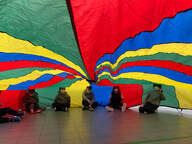 In one particular lesson, Annie rescues a purple bird (my students insist it was a phoenix) from a cage by passing along a bridge. Students use loose(ish) parts to make a series of bridges to retrieve the laminated birds I stuck to the wall. This problem solving task resulted in a various solution involving asymmetrical balance.
Lesson 9
Lesson 10
Lesson 11-12
Lesson 13 - Student Reflection
My Personal Reflection In my (biased) opinion, this was the most authentic attempt to guide students to learn to play together that my students have been apart of (I've only been teaching ES for 2 years so take that with a grain of salt). Due to the imaginative nature of the task, it was difficult to tell students exactly what to do, how to do it or roles to take. It was their creation of an idea presented from a picture book that due to resource availability, required group consensus and collaboration to bring to life. To me, the student drawings for the final task look like a bunch of scribbles on a page, but they were none the less able to articulate their vision to one another, where I would have been pretty useless at that task. Additionally, students who I would identify as being somewhat difficult to engage during other units became very eager to contribute to the group project. Early on, students would ask me for help, to lift a mat or to put a tarp roof on, and I remained fairly consistent in suggesting they ask a classmate for help. Over time students began to approach me less and less, and I rarely intervened unless something was becoming unsafe or a conflict escalated.
I was pleased with the student responses in their reflection, and not just the positives - but also that 'frustration' was prevalent for a lot of students, and that they were able to separate that from other negative emotions. Frustration is normal, and led to a lot of rich discussions about how it can feel when someone doesn't agree with our ideas, or when we aren't sure exactly what we have been instructed to do by the 'leader'. This led to more discussion about how to cope with frustration. I am interested in learning more about non-linear pedagogy and was really intrigued in parts of the lesson where students moved in response to the provocation of the book. For example, when students build their idea of a bridge to retrieve the bird (or to cross the sea from one fort to another), students end up naturally working on their balancing skills and problem solving in an asymmetrical environment without me explicitly instructing them to do so. However that was only a few of the lessons and even thought I understand the holistic aims of PHE there is still a part of me that wonders if I should focus more on the acquisition of skills through this unit.
1 Comment
Lona Ani
2/23/2022 09:05:05 am
I just tried this with an online class. I keep looking for active learning ideas and this is incredible. The students used pillows, sofa cushions, towels, blankets, scarves -- even a broom for a boat paddle. Today they are asking if they get to build again. They all said, "best day yet" about the first day we did the book. Thank you so much.
Reply
Leave a Reply. |
AuthorWrite something about yourself. No need to be fancy, just an overview. Archives
November 2023
Categories |
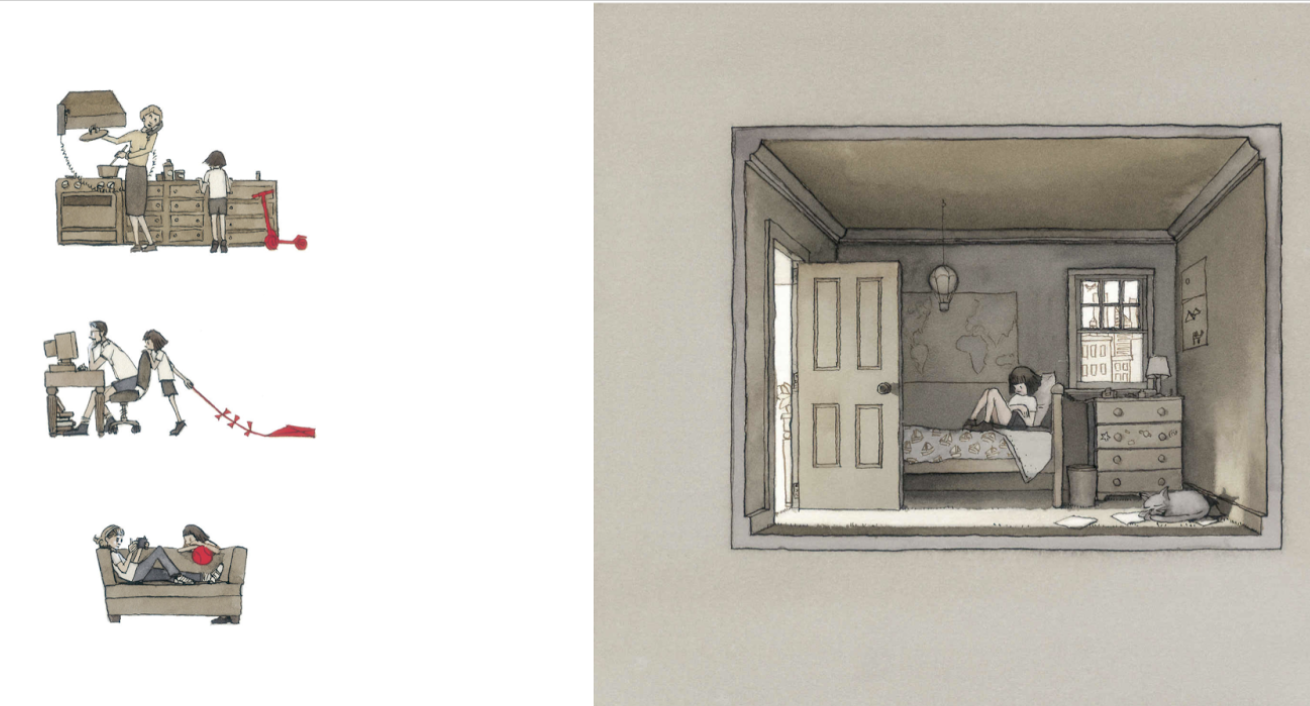
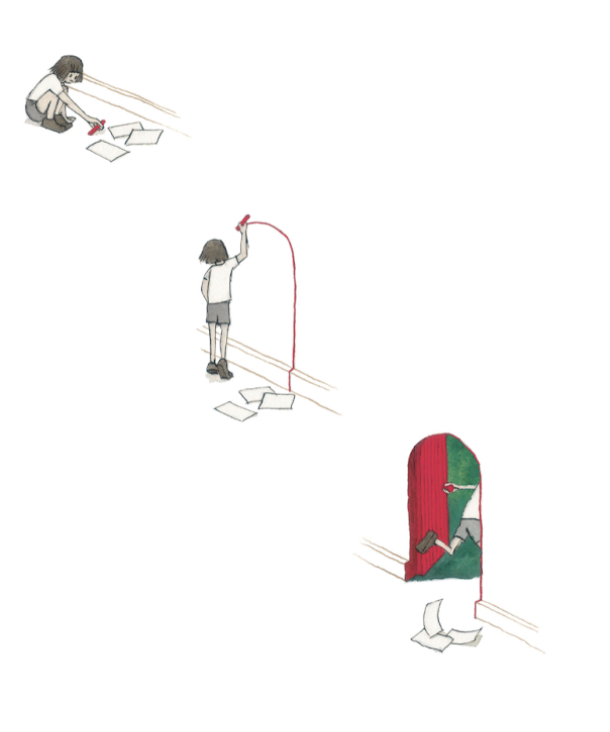

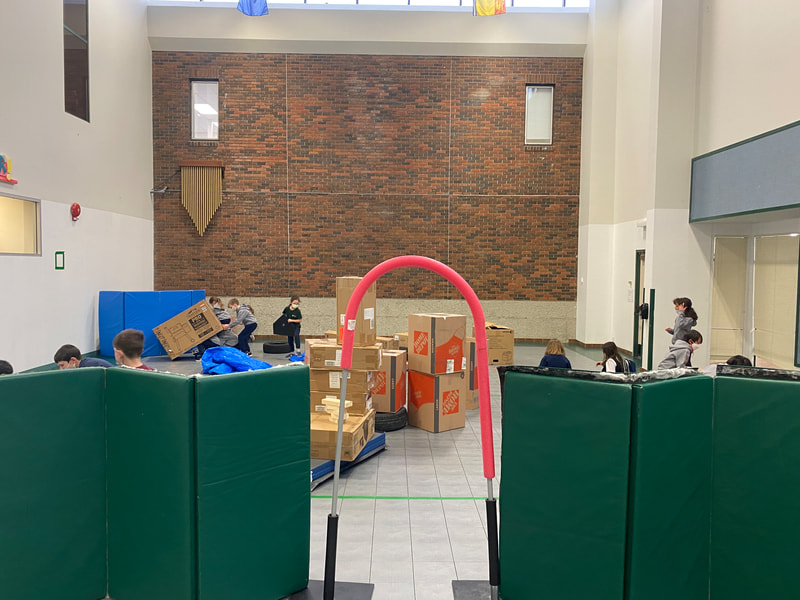
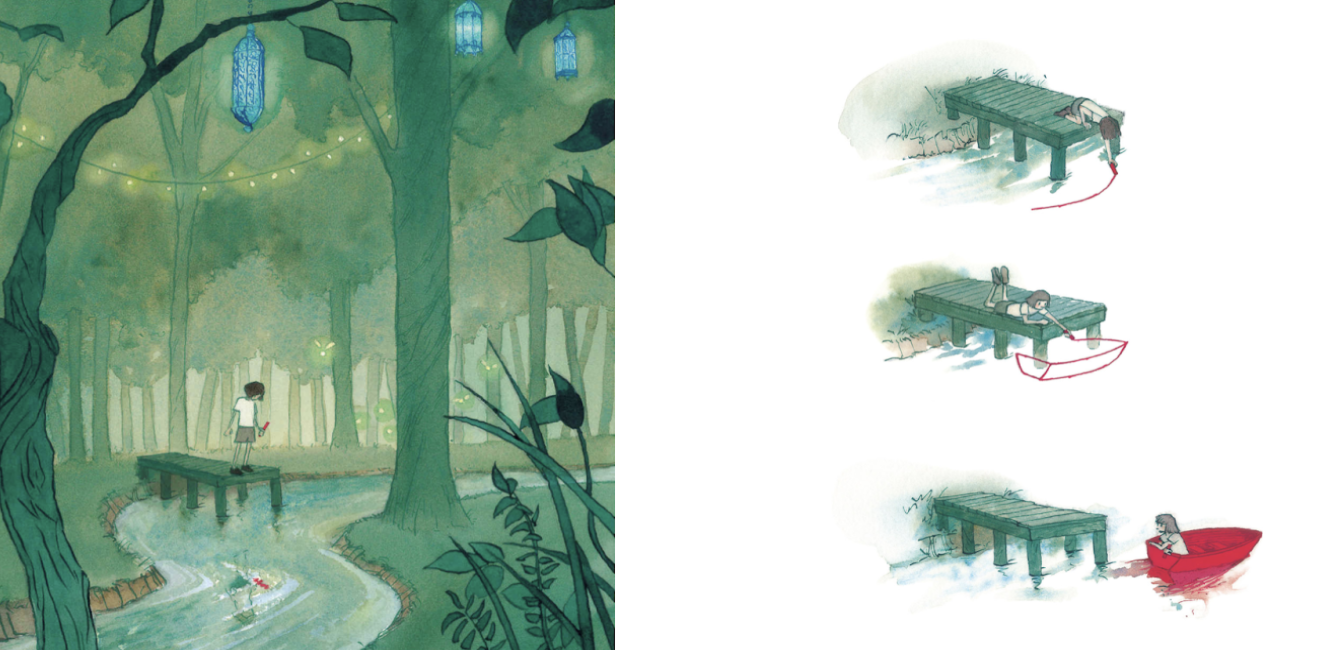
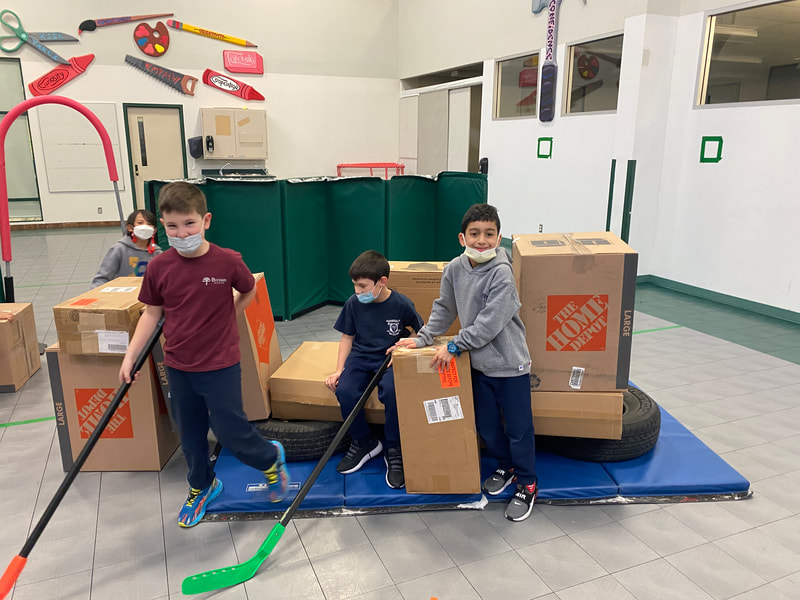
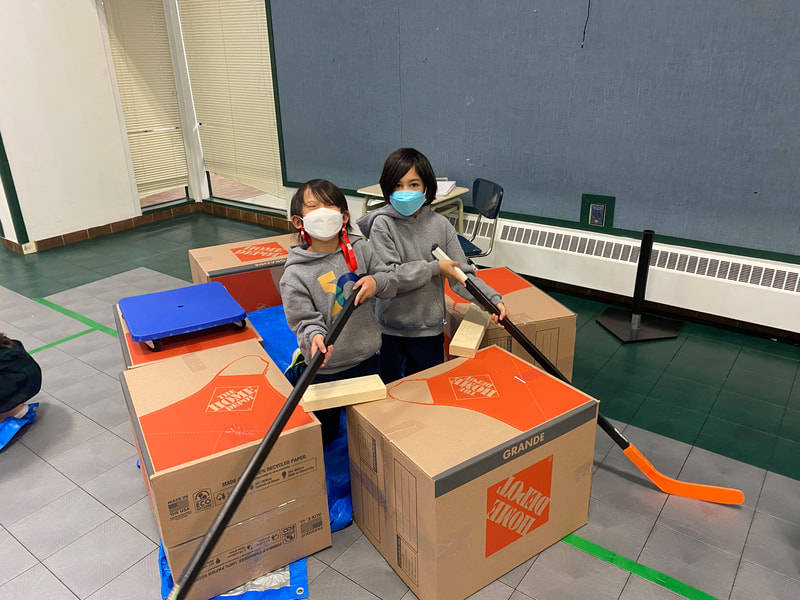
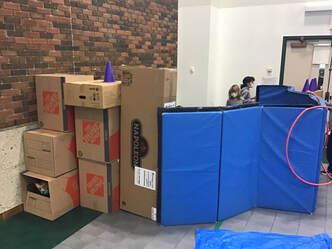
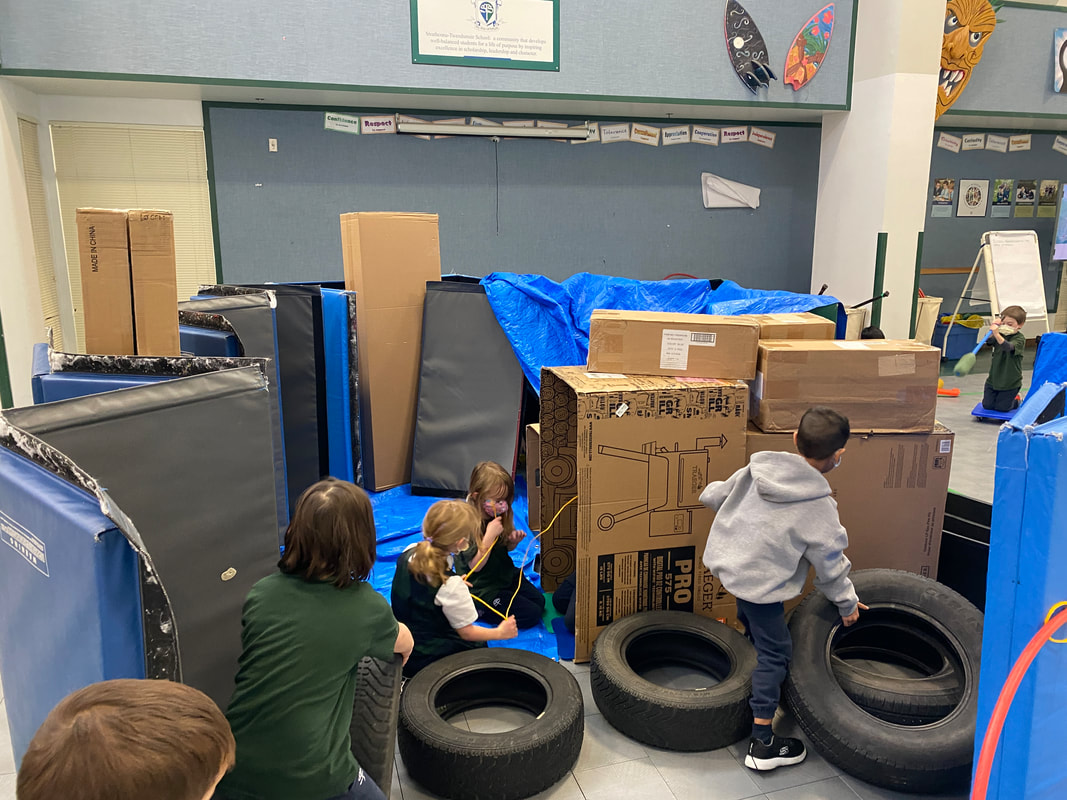
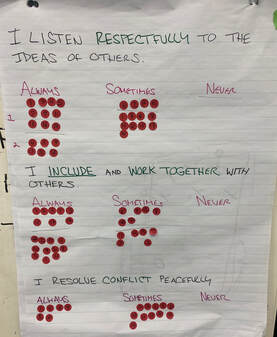
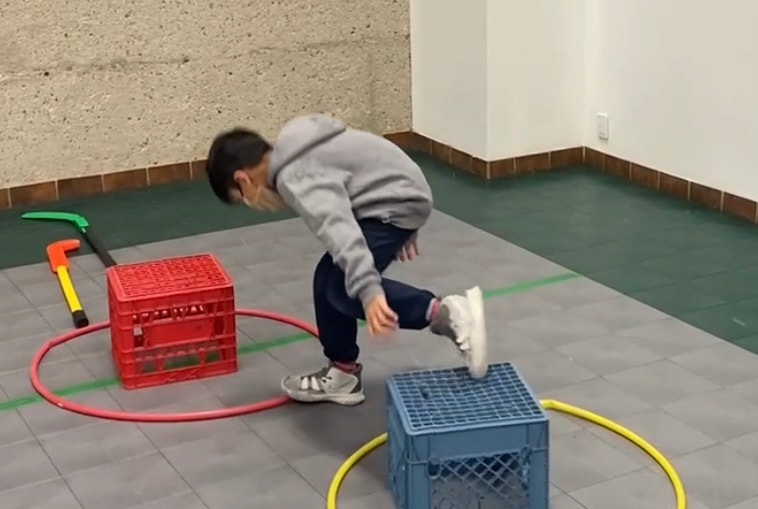
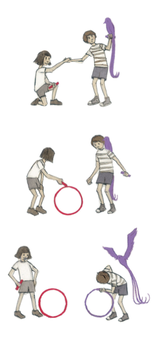
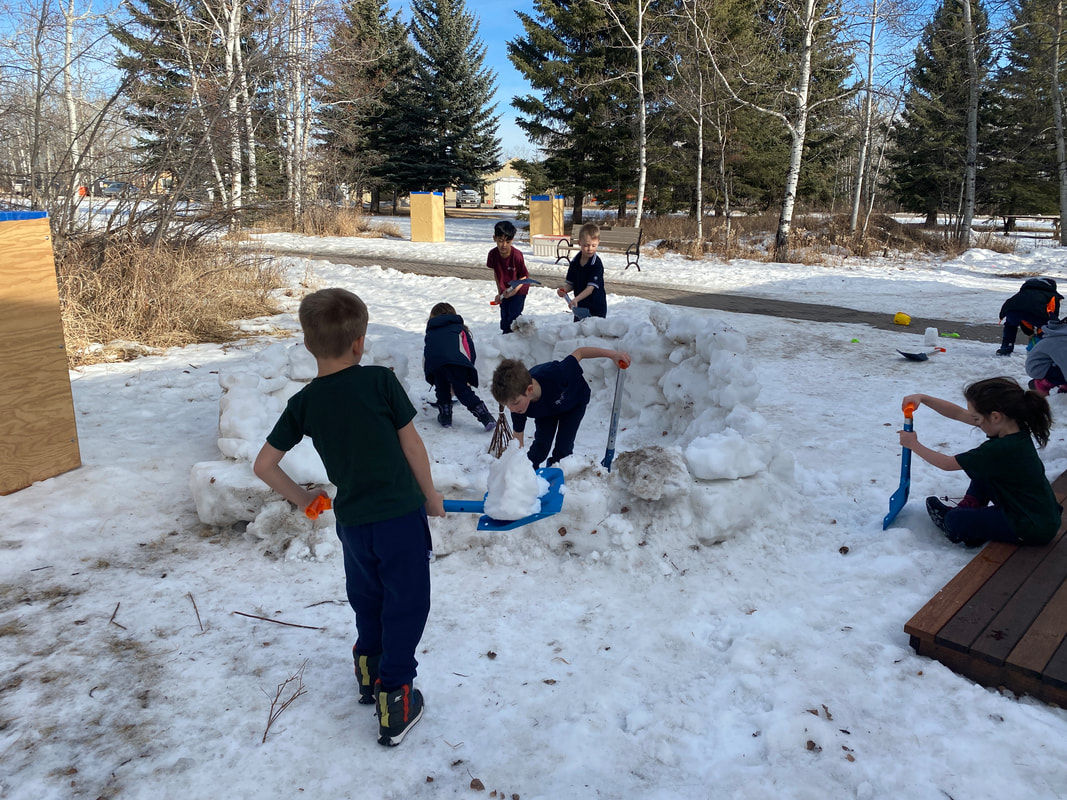
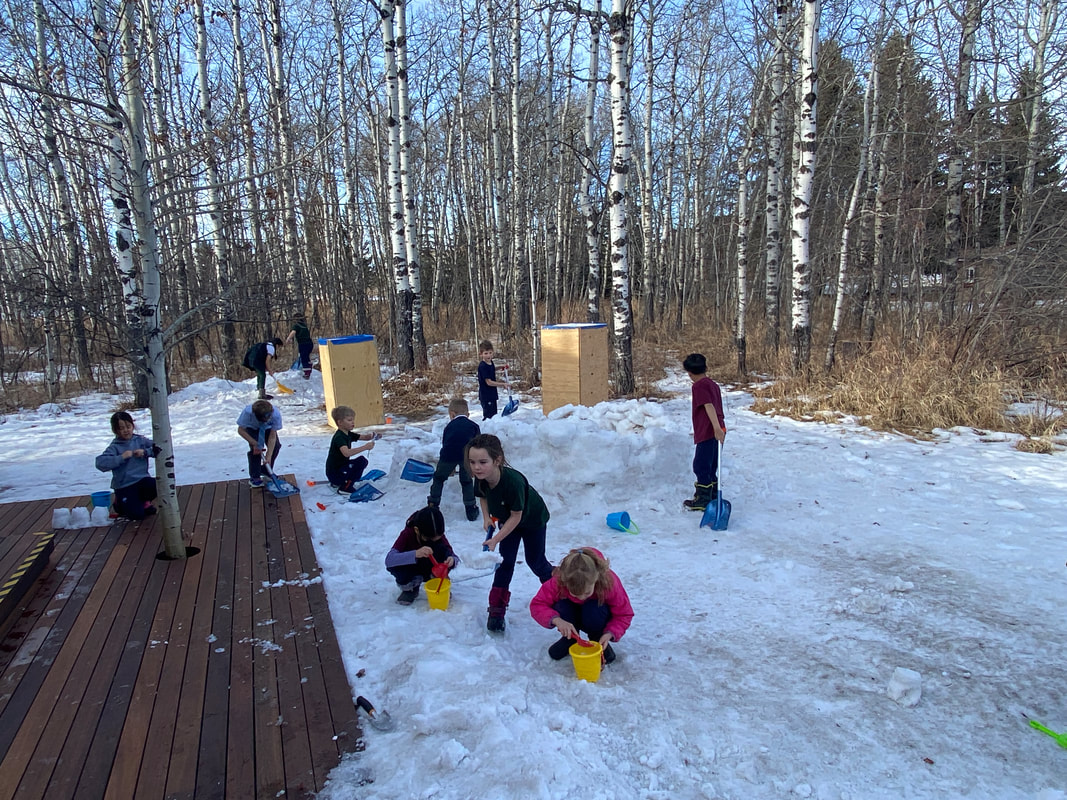
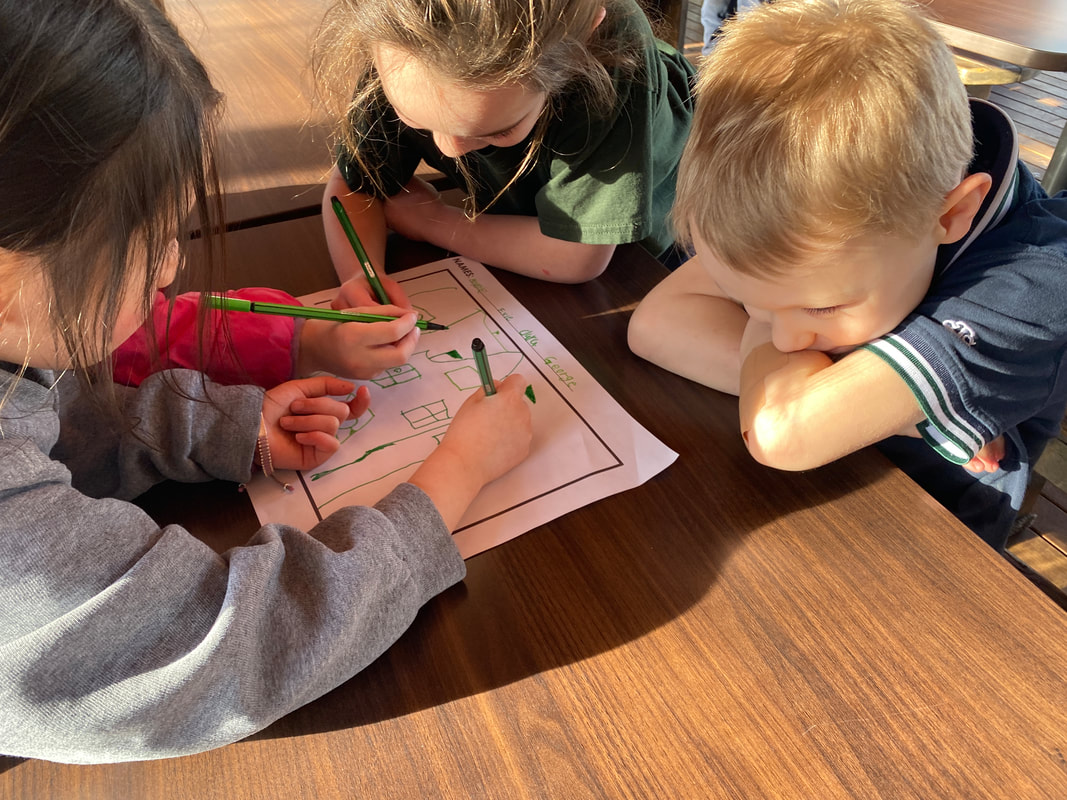
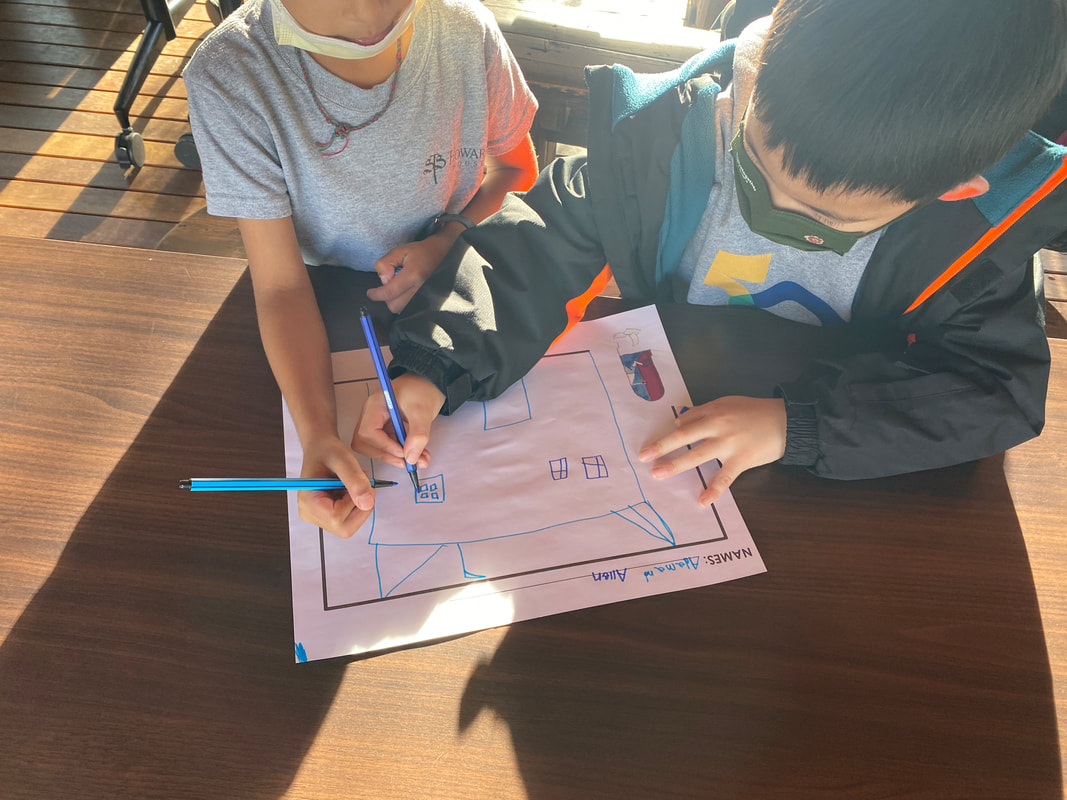
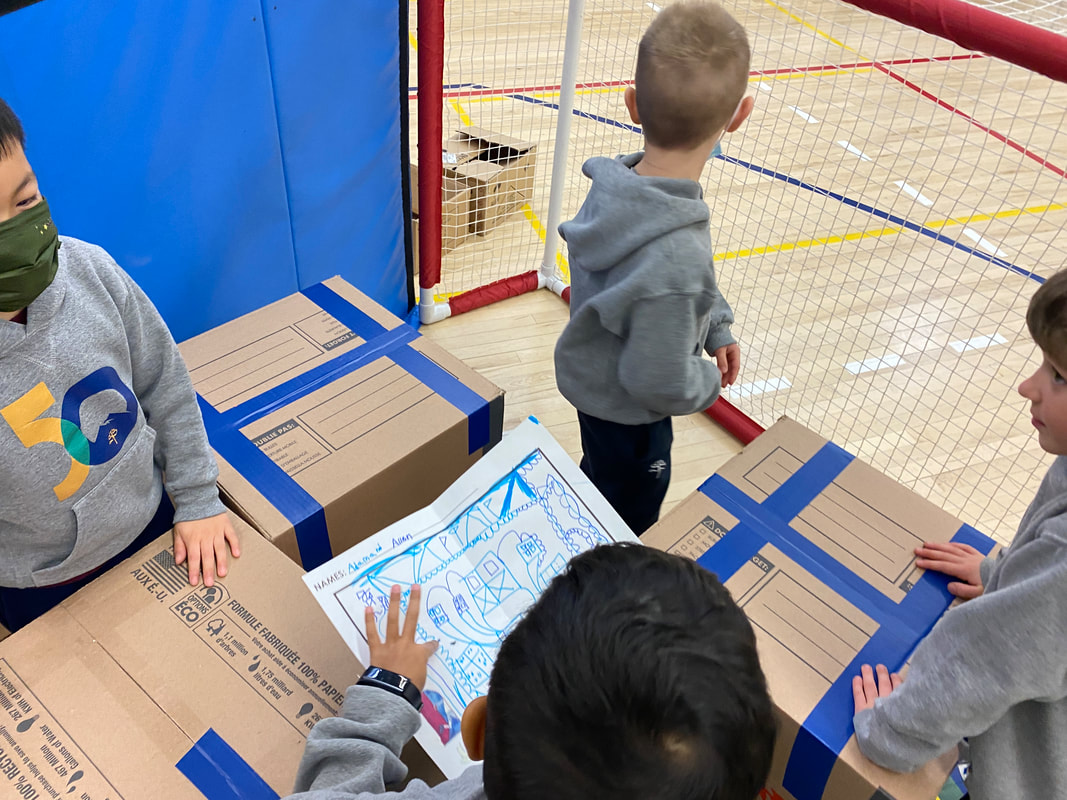
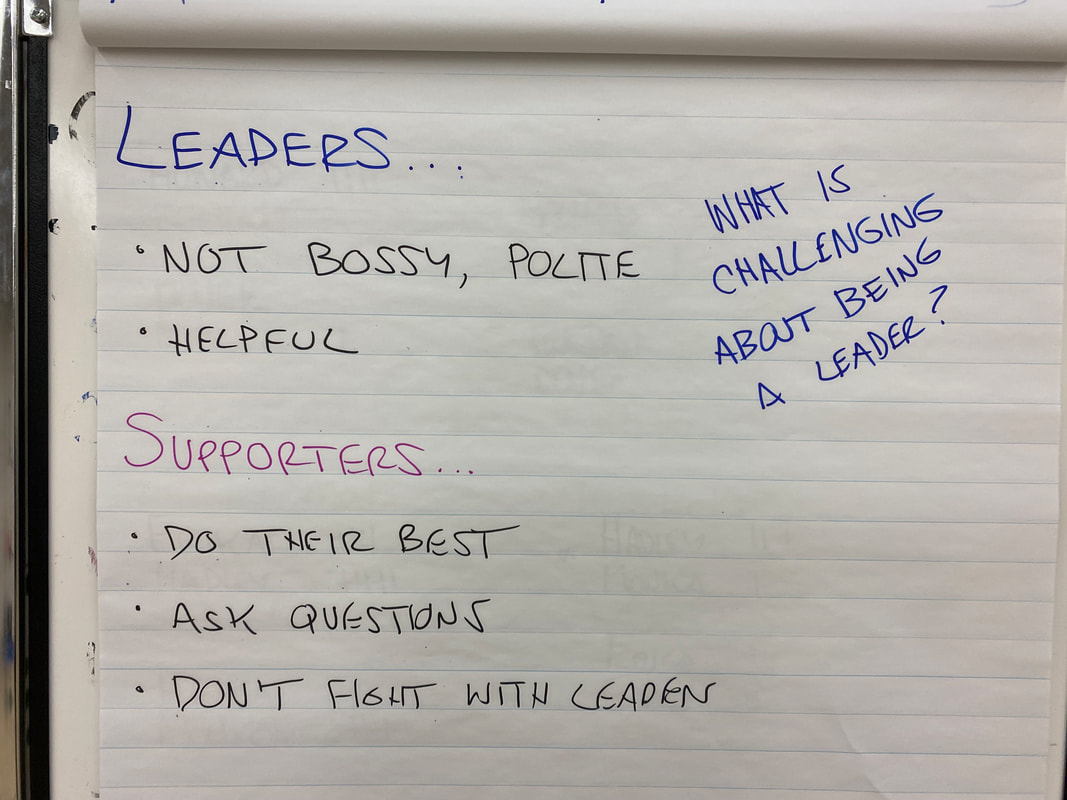
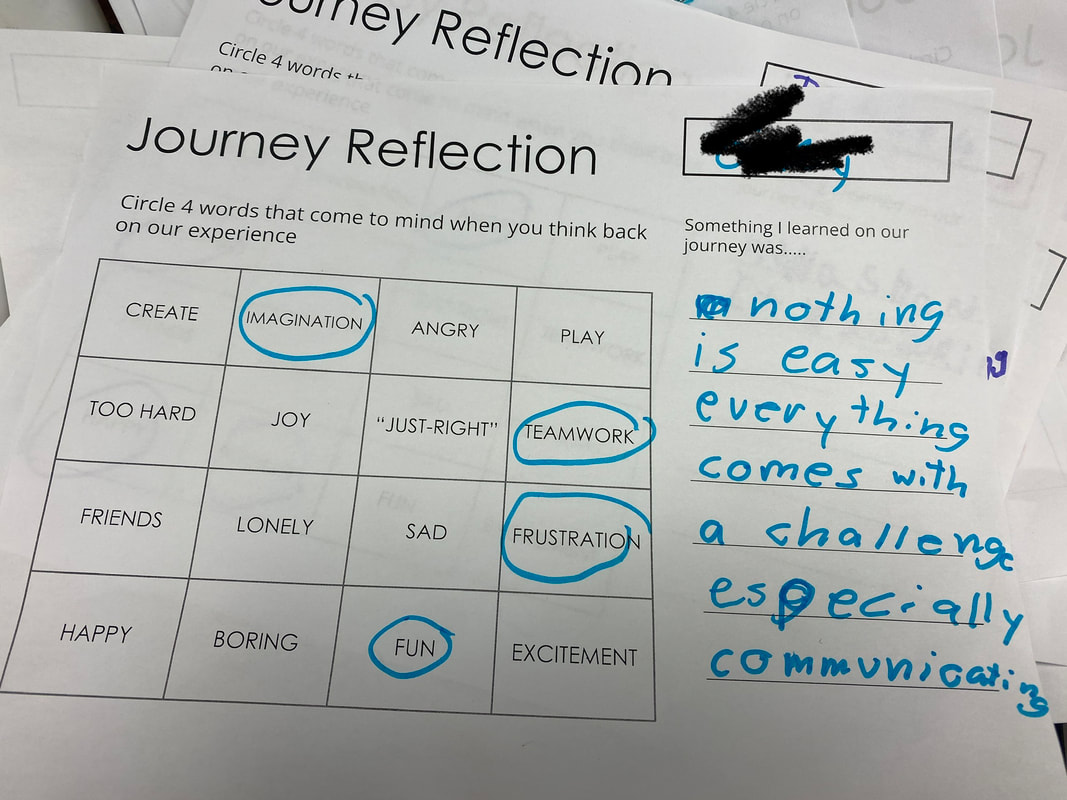
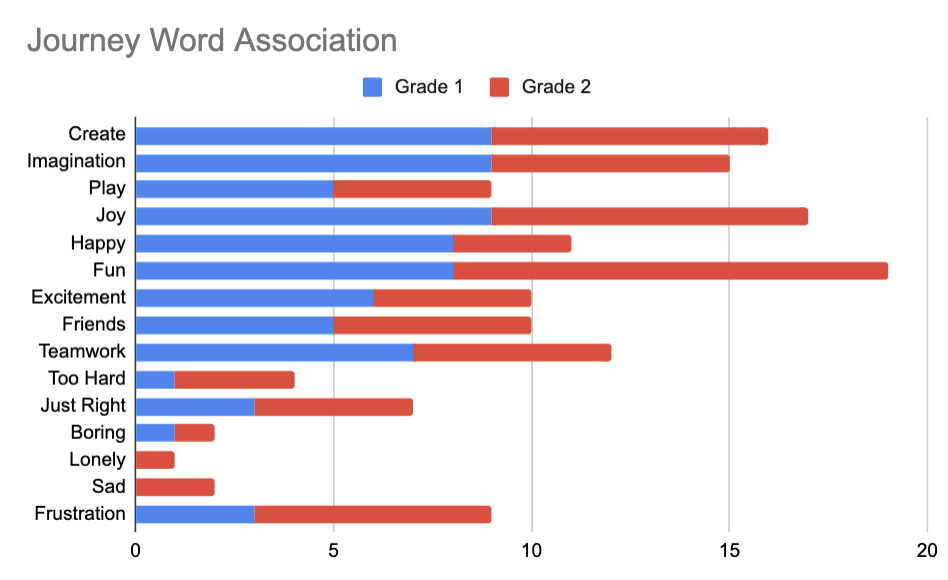
 RSS Feed
RSS Feed
